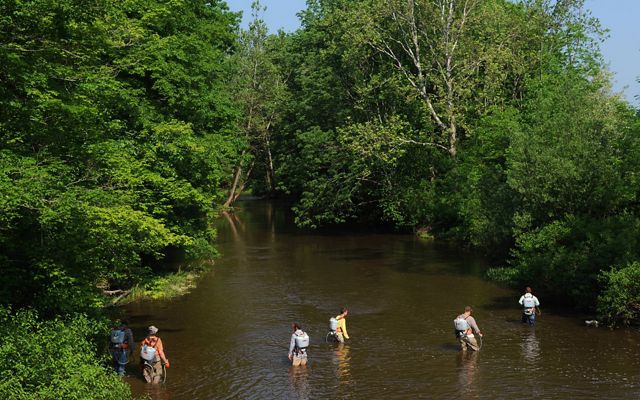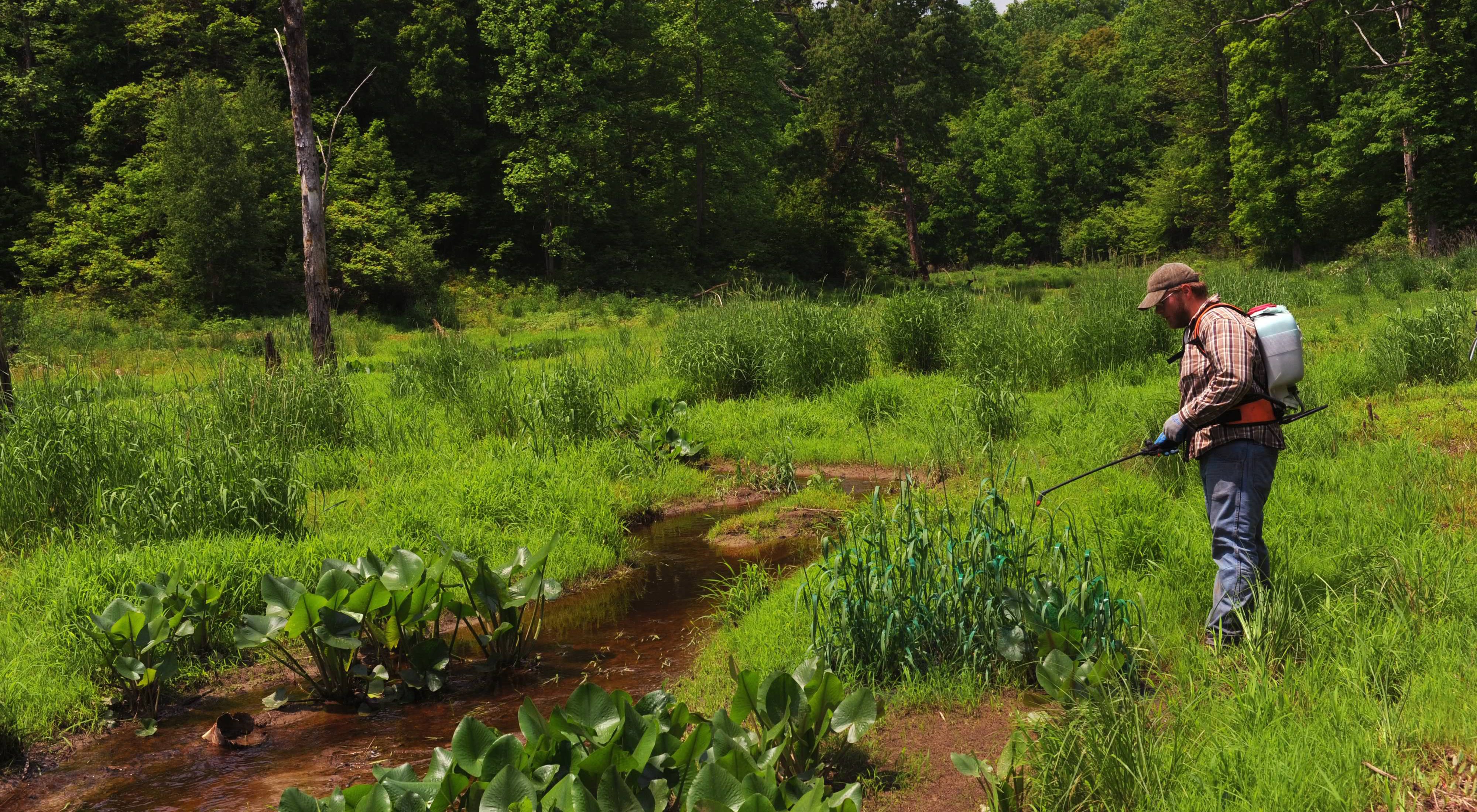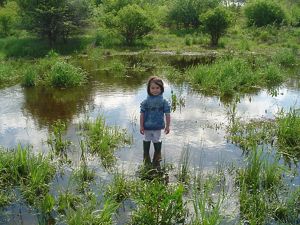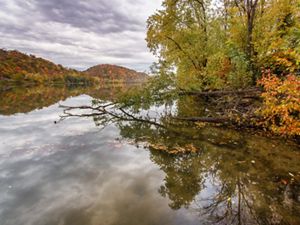Great Lakes Restoration Initiative
The Nature Conservancy is addressing Lake Erie’s most pressing threats.
The Great Lakes Restoration Initiative (GLRI) was launched in 2010 to accelerate efforts to protect and restore the largest system of fresh surface water in the world—the Great Lakes. According to the U.S. Environmental Protection Agency, it is the largest investment in the Great Lakes in two decades. GLRI targets the most significant problems confronting communities in the Great Lakes basin: degradation caused by invasive species, pollution and contaminants. Federal agencies frequently work with nonfederal partners, such as The Nature Conservancy, to use GLRI resources strategically and to accelerate progress toward long-term goals. The Nature Conservancy in Ohio has received funding through the program to restore, protect and maintain the health of Lake Erie.
NATURE CONSERVANCY GLRI PROJECTS IN OHIO
A significant component of GLRI work in Ohio involves habitat restoration. Since the inception of GLRI funding, the Conservancy has worked with a wide range of partners to facilitate the management of more than 14,000 acres. Much of this work is focused on controlling invasive plants, which are crowding out native plants, eliminating wildlife habitat, and sometimes changing the way water flows over the land and into the lake. Other types of GLRI-funded restoration work are aimed at restoring critical wetlands and floodplains for both habitat creation and to better process excess nutrients and sediment.
The Conservancy also is utilizing GLRI funding to help implement Agricultural Best Management Practices (BMPs) - practical, cost-effective actions that agricultural producers can take to reduce the amount of pollutants entering our water resources and conserve water supply.
The Great Lake Restoration Initiative has helped fund the following Nature Conservancy projects since 2010, contributing to the creation of 70 jobs:
- Western Lake Erie Coastal Wetlands: The Conservancy has utilized GLRI funding to protect and restore nearly 9,000 acres of coastal wetlands in the Western Lake Erie Basin. Tactics include invasive species management, habitat restoration, reestablishment of natural water flow and more.
- Maumee River Watershed: In this region, the Conservancy has focused GLRI funding on reducing sediment and nutrients in the Maumee River—an important tributary to Lake Erie. Projects include the development of outreach events and materials aimed at influencing agricultural practices, as well as the implementation of best management practices on nearly 1,700 acres of cover crops and nutrient management plans, 2 miles of two-stage ditch, 4 phosphorus filter beds, 2 blind inlets, and 7.4 miles of filter strips along existing waterways.
- Oak Openings Region: GLRI funding in the Oak Openings Region of Northwest Ohio is being used to protect the rare natural communities that exist in this globally significant ecosystem. Nearly 3,000 acres have been treated for invasive species and/or restored in order to improve important habitat and improve water quality.
- Central Lake Erie: Invasive species control is the Conservancy's focus in the Central Lake Erie Basin, through which the Grand and Ashtabula Rivers flow on their way to Lake Erie. Nearly 2,500 acres have been treated with GLRI funding, within the Grand and Ashtabula River watersheds, and at popular recreation areas along Lake Erie's coastline.
Contact:
Tracy Freeman, Director of Government Relations, 614-339-8125 or tracy.freeman@tnc.org
Learn more about our work in Ohio
Updated October 2018

Benefits of Nature Conservancy GLRI Projects
- Improved drinking water quality
- Restored habitat for native wildlife and fish
- Increased opportunities for recreation - hunting, fishing, boating and wildlife-viewing
- Improved waterways for commercial and sport fisheries
- Restored coastal marshes, interior wetlands and floodplains
- Protected groundwater resources


.jpg?crop=0%2C0%2C1726%2C1295&wid=300&hei=225&scl=5.7555555555555555)
